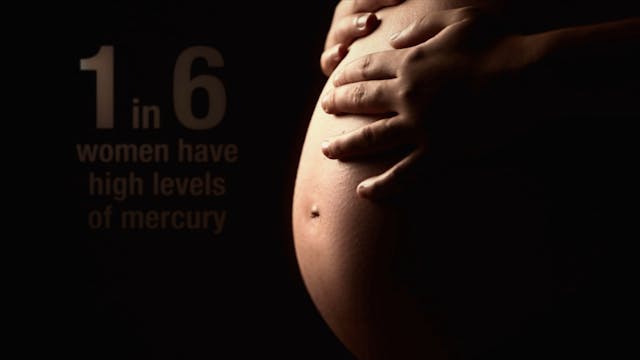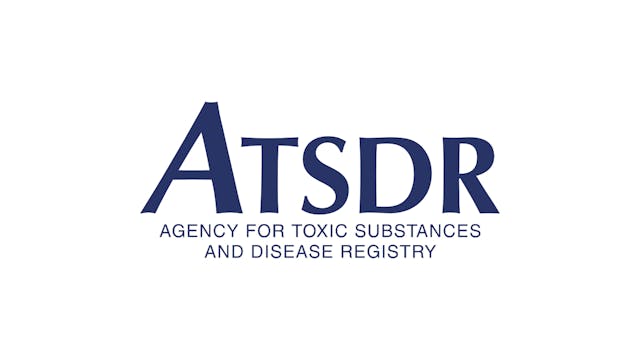Mercury levels in Americans rose from 2% in 1999 to 30% in 2006
Evidence of Harm - Backer Rewards Package
•
3m 34s
Assessment of chronic mercury exposure within the U.S. population, National Health and Nutrition Examination Survey, 1999–2006
Dan Laks, Biometals, 2009
Dan Laks, lead author of the study "Assessment of chronic mercury exposure within the U.S. population, National Health and Nutrition Examination Survey, 1999--2006)" analyzed data from the CDC's National Health Nutrition Examination Survey (NHANES) and found that in the 1999-2000 NHANES survey, mercury was detected in the blood of 2 percent of women aged 18 to 49, that level rose to 30 percent of women by 2005-2006.
Furthermore, multivariate logistic regression
revealed significant associations of both I-Hg
detection and mean concentration with biomarkers
for the main targets of mercury deposition and effect:
the liver, immune system, and pituitary. This study
provides compelling evidence that I-Hg deposition
within the human body is a cumulative process,
increasing with age and in the population over time.
Up Next in Evidence of Harm - Backer Rewards Package
-
Mercury & Infertility
David Kennedy discusses A study by professor Ingrid Gerhard that was performed at the university gynecological clinic in Heidelberg where she examined more than 1000 patients for mercury, fertility problems and symptoms. Mercury was measured after giving a chelating agent known as DMPS. This subs...
-
The Agency for Toxic Substances and D...
Environmental health scientist, Sue Casteel from The Agency for Toxic Substances and Disease Registry discusses various aspects of mercury toxicity.
-
Mercury Fillings Harm Children
David Geier Discusses the results of Children's Amalgam Trials



1 Comment